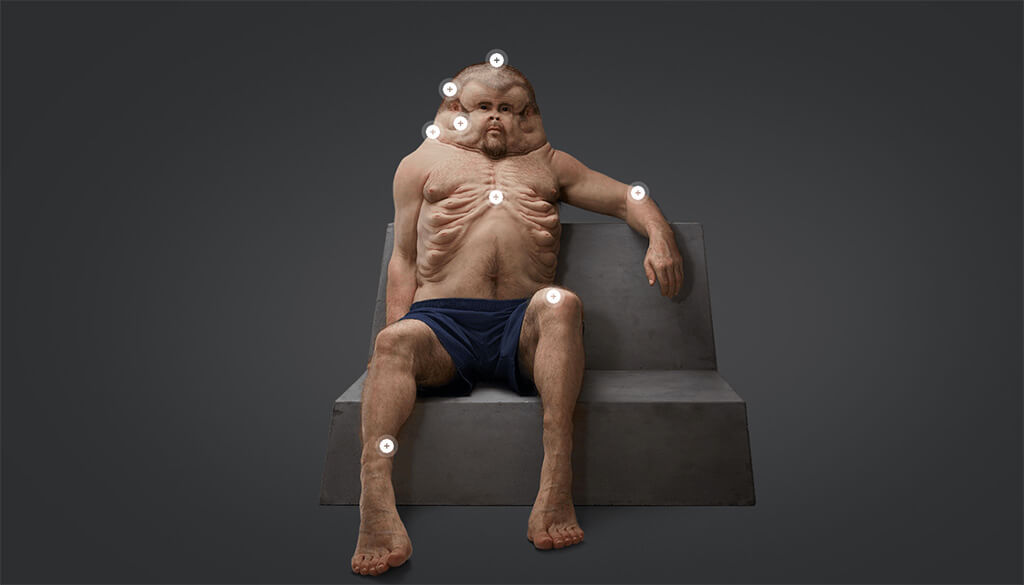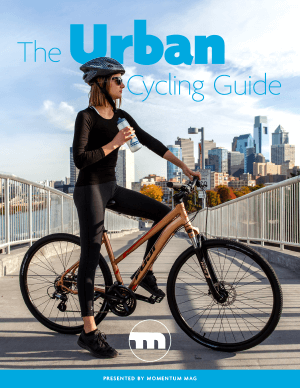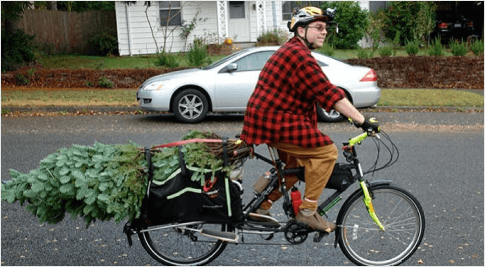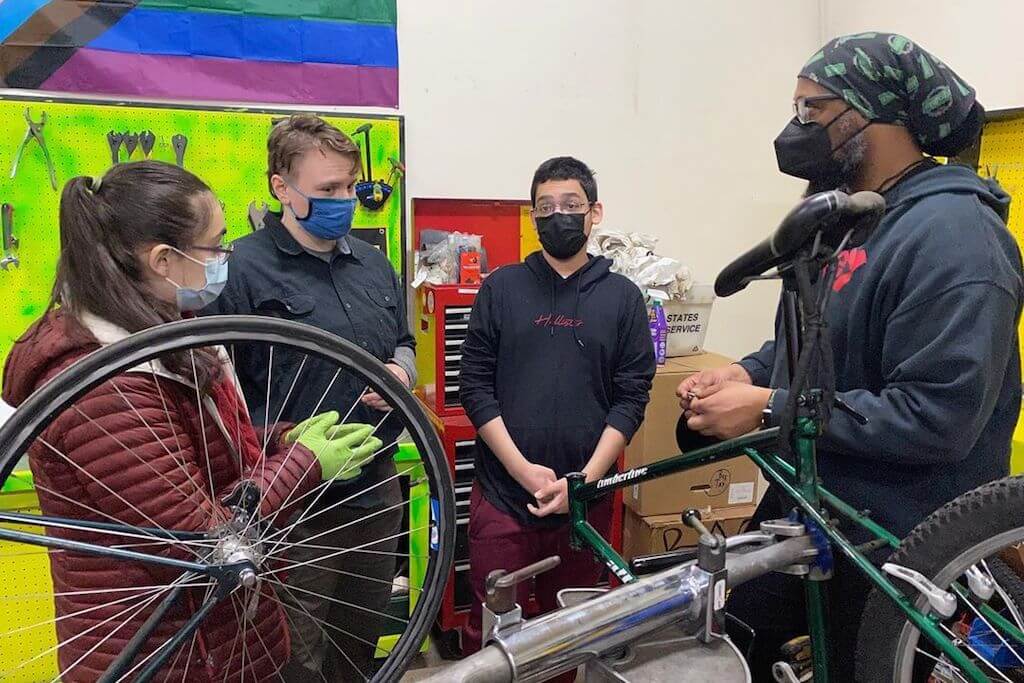Cars have evolved considerably since their invention in the 1800s. Even more significant though, is how our culture has evolved to accept cars in such staggering numbers across such a vast amount of our usable space. Our cities and towns are literally filled with cars, sometimes so many they’re at a standstill, and sometimes moving incredibly quickly through densely populated urban spaces. But what has not evolved alongside this rapid integration of cars into every facet of our lives is our body’s ability to safely interact with them. Basically, when we crash cars or get hit by them, we get hurt. Badly.

The only car-proof “person” on the planet. Photo: Victoria’s Transport Accident Commission
An interactive sculpture recently designed by a trauma surgeon, a crash investigation expert, and an artist in Australia gives us a glimpse of what our bodies would have to look like if they had co-evolved to withstand car crashes. Graham, “the only person designed to survive on our roads,” is a project of the Transport Accident Commission (TAC) intended to draw attention the state of Victoria’s Towards Zero road safety campaign.
Graham has an enlarged, helmet-like skull to protect his brain; no neck so he can’t break it; a flat, fatty face to protect his nose and other facial bones; reinforced ribs with airbag-like sacks between each one; thick, tough skin; knees that bend in every direction; and hoof-like legs with extra joints that enable him to spring out the path of cars much like a rabbit could.
An interactive 360-degree view of Graham is available online so you can explore in more detail the various ways our bodies would have to adapt to resist the incredible forces of car crashes.
Melbourne sculptor Patricia Piccinini developed Graham with the input of Christian Kenfield, a Royal Melbourne hospital trauma surgeon, and David Logan, a crash investigator at Monash University’s accident research centre. Made of silicone, fibreglass, resin, and human hair, he is a visually startling reminder of our own susceptibility to traumatic injury.
“The truth is that cars have evolved a lot faster than we have,” said Logan in the TAC’s introductory video. “Our bodies are just not equipped to handle the forces in common crash scenarios.”
Graham shows us that we cannot – and frankly wouldn’t want to – design our bodies to withstand the impact of car crashes, so we instead need to look at the ways we can better design our streets to prevent them. As the Towards Zero (similar to Vision Zero in North America) campaign reminds us, car crashes are far more preventable than most people realize. With careful street design, appropriate education and enforcement, a considerable scaling back of our reliance on automobiles, and a collective willingness to take driving seriously, we can actually eliminate traffic death and injury.
But if we don’t bother to take it seriously…well, I guess we’ll all end up looking like Graham.
Get your FREE copy of our new guide: Momentum Mag's Urban Cycling Guide
In our latest free guide, we share a few tips and tricks for anyone new to urban cycling who is looking to get started. We discuss the latests numbers regarding safety and cycling as well as go over a few rules of the road that every cyclist should know.
Thank you for your submission. Your free guide has been sent to the email address you provided.








Thank you guys for participating this post. It makes it quite better and a lot easier to catch.
I wish all the blogs would provide as Seriously information.
Comments are closed.